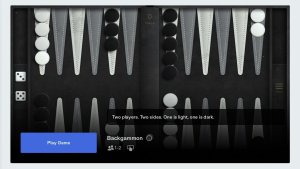Future Tesla Vehicles to Feature Bi-Directional Charging, 48V & 800V Architectures, Steer-by-Wire, and More

The Cybertruck brought a lot of technological advances to Tesla vehicles, and even with the launch of the refreshed Model Y, they’ve remained relatively exclusive to it. Tesla has yet to launch the vast majority of Cybertruck tech on any other vehicle, but as part of the Q4 2024 Tesla Earnings Call deck, Tesla revealed that future vehicles will leverage features that are exclusive to the Cybertruck today.
Let’s take a look at what Tesla introduced with the Cybertruck and what it expects to introduce to the rest of its line-up
Cybertruck Exclusives
There are a pair of features that are staying Cybertruck exclusive, but this isn’t surprising at all.
Stainless Steel Exoskeleton - The Cybertruck’s cold-rolled stainless steel exoskeleton is unique, strong, and heavy. And that weight really just orientates it towards a truck rather than other vehicle classes. As such, we doubt Tesla will bring it to another type of vehicle anytime soon - unless they actually have a CyberSUV planned.
Air Bending Manufacturing Process - Related to the cold-rolled stainless steel exoskeleton, Tesla utilizes a unique air-bending process that can bend the stainless steel - without touching it. Those bends are how Tesla builds the unique and distinctive shape of the Cybertruck.
Cybertruck Tech That Will Be Used In Future Models
With that being said, let’s move on to the features that Tesla said will be used in future models. Since the Model Y has already launched and doesn’t include these features, we expect these to potentially be in new vehicles such as the Cybercab, the next-gen model, and Tesla’s upcoming bus. Tesla likely left these features out of the redesigned Model Y for simplicity, but expect most of these features to define the future of Tesla.
Manufacturing & Design
Giga Castings - The Model Y uses a 6,000-ton Gigapress to build its castings - the Cybertruck, on the other hand, uses a 9,000-ton press to make the front and rear vehicle structures. This reduces the number of parts and final assembly complexity, creating savings while also resulting in an even more repairable vehicle.
Integrated Audio with Body Structure - Interestingly, the Giga Castings are actually designed to channel sound from the Cybertruck’s subwoofers - they’re reactive volume - which helps to channel the audio towards the vehicle’s occupants, improving clarity and response.
Powertrain and Electrical Architecture
48-Volt Electrical Architecture - The Cybertruck’s 48V Low Voltage Architecture is unique - and it reduces the overall cost of electrical wiring within the vehicle. This is because the current required is reduced by 4 times, while the heat generated is reduced by 16 times compared to traditional 12V wiring. Overall, that means a reduction in weight, simplifying electrical systems, and an increase in energy efficiency.
800-Volt Battery System - On the High Voltage side, Tesla is using a higher voltage powertrain - which is more energy efficient for larger vehicles that require more power. Just like the Low Voltage counterpart - this new system enables smaller cables, less thermal generation, and reduces the cost of electrical wiring. This also enables Cybertruck to be the first Tesla capable of 325kW Supercharging, and soon - a speedy 500kW.
Etherloop Communication Architecture - the new Low-Voltage architecture also enables communication through the LVCS - or Low-Voltage Connector Standard - a new industry standard introduced by Tesla to optimize wiring. LVCS enables communications throughout the vehicle - which means you can also create interactive wiring diagrams that can automatically determine where faults are or help technicians find the correct connector to replace.
Bi-directional Charging (Powershare) - Powershare is Tesla’s bi-directional charging, also known as Vehicle-to-Load (V2L) or Vehicle-to-Home (V2H). This is the first time Tesla has confirmed they plan to bring Powershare to vehicles other than the Cybertruck, which is going to be interesting. That means you’ll be able to use other Tesla vehicles to either power your home in a blackout, or to power your tools or camping equipment - or really anything else when you’re not near a grid.
Ride and Comfort
Custom Laminated Glass - Tesla included a new laminated glass for the windshield, side windows, and the tiny little rear window in the Cybertruck. This laminated window helps to improve noise isolation - and also blocks quite a bit of the UV spectrum, which is helpful to keep the vehicle cooler.
Adaptive Air Suspension - The adaptive air suspension in the Cybertruck provides an astounding 12” of ground clearance. While the Model S and Model X also have adaptive air suspension, this Cybertruck’s suspension feels smoother and more comfortable going up or down, especially on rough terrain. We’d love to see more air suspension in Tesla’s lineup. While this may not arrive in all models, it may be included at higher price points or in Tesla’s upcoming bus.
Steer-by-Wire - Steer-by-wire is a Cybertruck feature that you have to try to understand. It fully replaces the regular steering column with an electronic column that automatically adjusts the steering ratio based on vehicle speed. This feature is made possible by the 48V low-voltage system, so we’re excited to see this in future vehicles. At low speeds, the wheel requires much less movement to turn, while it is the opposite at higher speeds. This makes it exceptionally comfortable and easy to maneuver, especially in combination with the next feature.
Rear Wheel Steering - The second half of the driving equation with the Cybertruck is the rear wheel steering. It enables improved turning at low speeds - far tighter than you’d expect for a truck - more comparable to the far shorter Model 3 and Model Y. Plus, it also increases vehicle stability at high speeds by crabbing over when you’re changing lanes.
Feature | Use in Future Vehicles |
|---|---|
Stainless Steel Exoskeleton | - |
Air Bending Manufacturing Process | - |
Giga-castings | ✅ |
Integrated Audio with Body Structure | ✅ |
48-Volt Electrical Architecture | ✅ |
800-Volt Battery System | ✅ |
Etherloop Communication Architecture | ✅ |
Bidirectional Charging (Powershare) | ✅ |
Custom Laminated Glass | ✅ |
Adaptive Air Suspension | ✅ |
Steer-by-Wire | ✅ |
Rear Wheel Steering | ✅ |
Wrap-Up
While the Cybertruck itself may not appeal to everyone, the technology inside is groundbreaking. While Tesla hasn’t said exactly which vehicles they’ll be using these features on or whether some features will be destined for more premium cars like, we expect most vehicles to leverage these new systems which reduce costs and enable faster charging.
We’re excited about what 2025 will be bringing - next on the horizon is Project Redwood - Tesla’s more affordable car model - which is supposed to be launching in the first half of this year. Do you think it’ll use any of these features? Let us know on social media or in the forums.













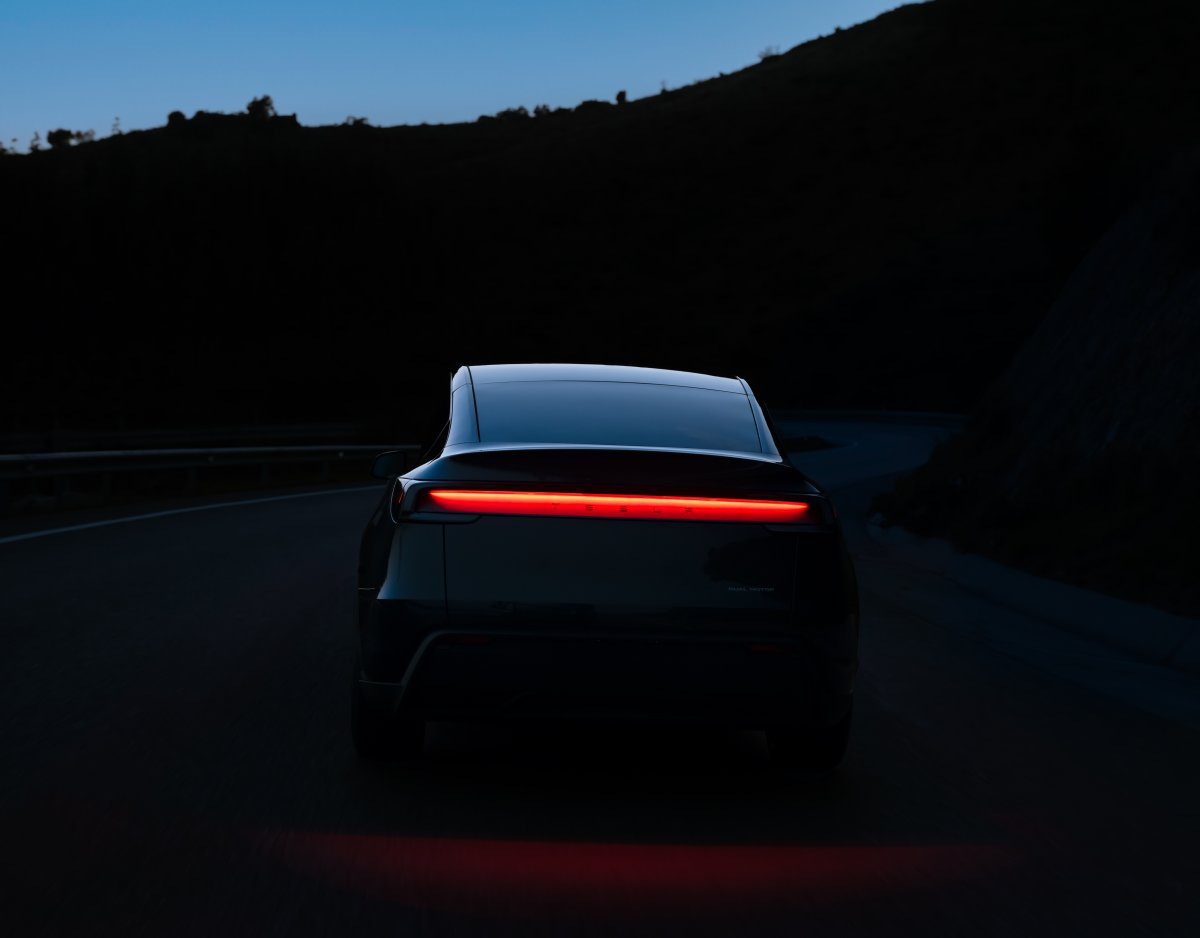
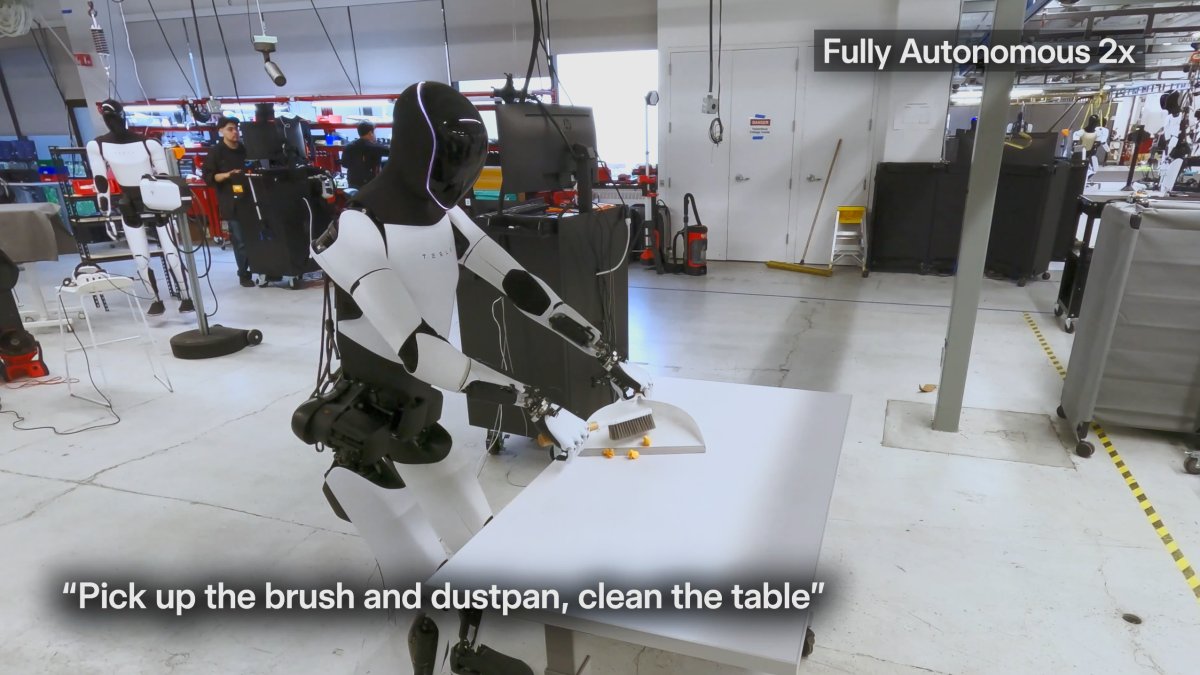
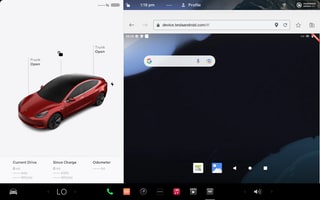

![Tesla’s Optimus Is Now Learning by Watching — First Person Today, Third Person Tomorrow [VIDEO]](https://www.notateslaapp.com/img/containers/article_images/2025/optimus_cleaning.png/bd519f7f31d9c3e7e25c2736ee284efb/optimus_cleaning.jpg)
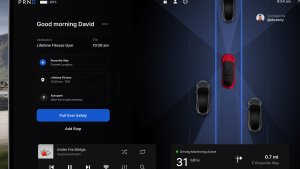
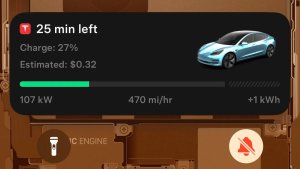
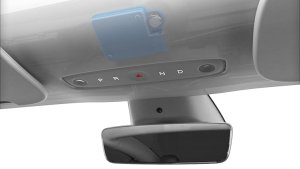
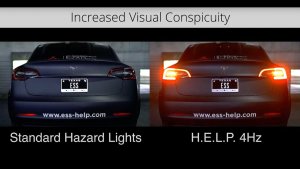
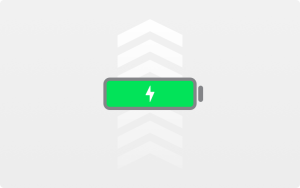

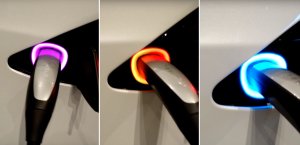
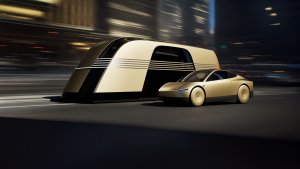
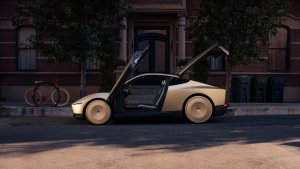
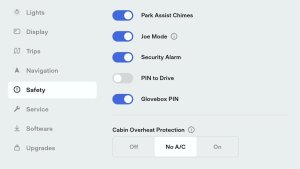
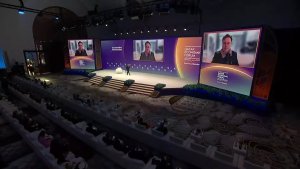
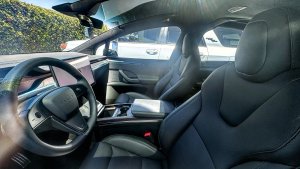
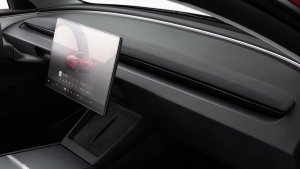
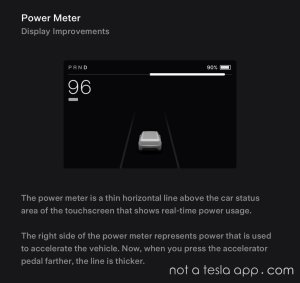
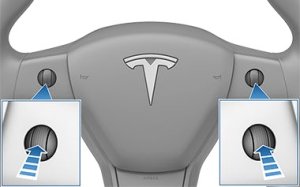
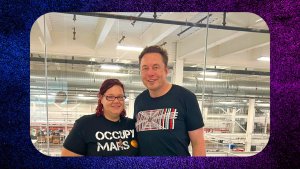
_300w.png)
